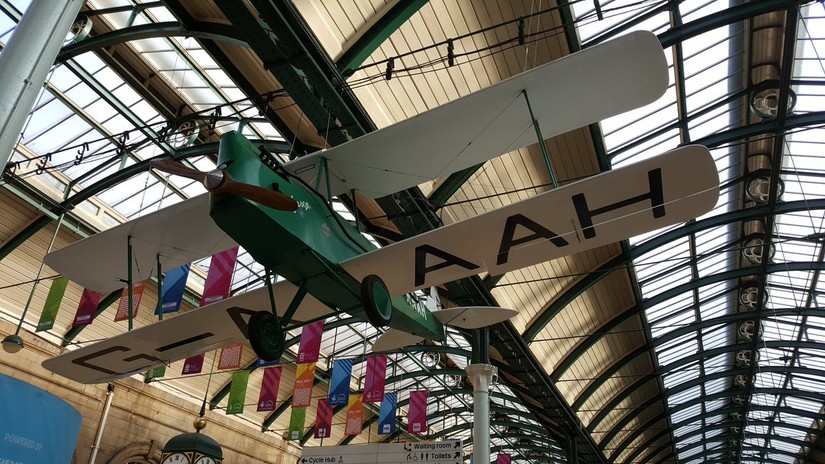What do archaeologists do when they aren't working?
11/04/2017 | Lara Band
Go to archaeology conferences!
From 31 March – 2 April CITiZAN Project Officer Stephanie Ostrich; North team Megan and Andy and half of the South East team (me) were at the University of Hull for PMAC 2017. What’s PMAC2017? I hear you say. Well, it's the annual congress for the Society of Post Medieval Archaeology, only in its second year but already a firm fixture in the CITiZAN team calendar.
I started to write this on April 2, on the train home, but two full days of papers and socialising between and after sessions took its toll and I fell into a deep slumber, dreaming about archaeology of course…
Working on a national project we don’t get to see each other too often, so it was great to catch up with the North team on their home turf before the conference began. Hull is City of Culture this year, and while we missed the huge wind turbine propeller in Queen Victoria Square we did get to see the latest iteration of Paul Cummins and Tom Piper’s poignant and beautiful installation with a of cascade of ceramic poppies pouring from a window high up in Hull’s Maritime Museum.
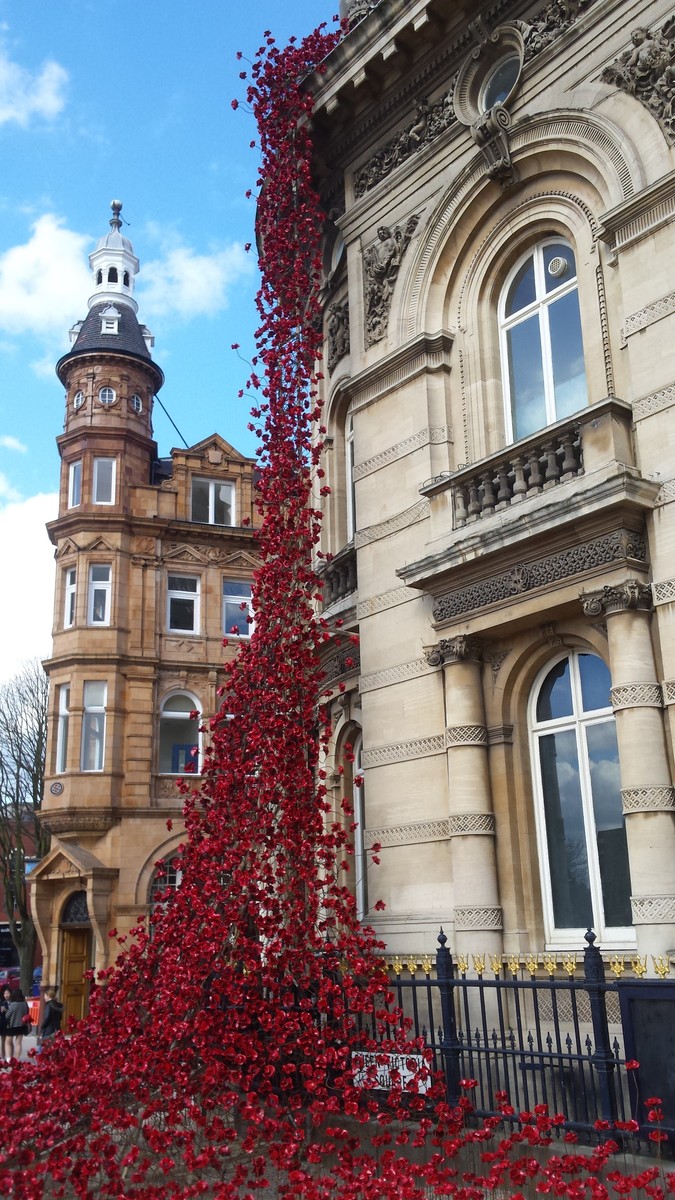
The conference kicked off with a drinks reception at the Holy Trinity Church where Stephanie and I went on a hunt for ship graffiti but sadly found none. We did find a rather lovely model of the church however, complete with a miniature Historic England sign on the miniature information desk.
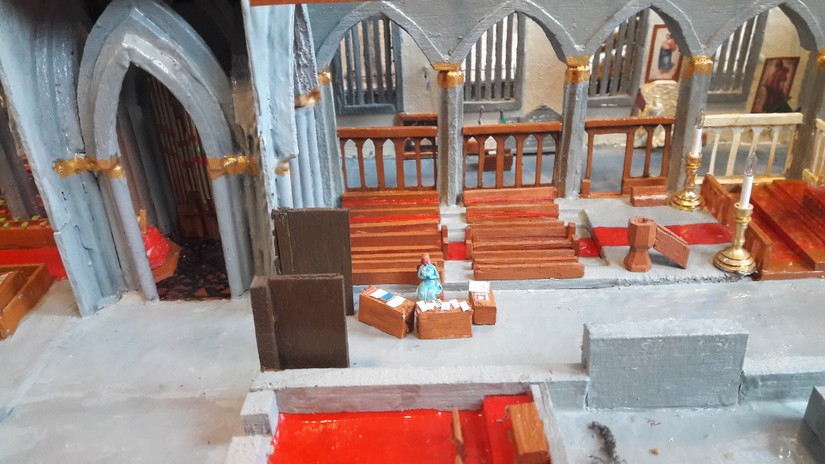
The sessions ran on Saturday and Sunday with over 70 attendees from the UK, Finland, Sweden, Poland, Germany, Japan, Chile and more. On both days it was hard to choose which sessions to go to with papers covering such diverse subjects as wood mouse mandibles (Elizabeth Kerr) , the material culture of the Peterloo Massacre (Caitlin Kitchener), Irish tea drinking in the 18th and 19th centuries (Harold Mytum) and gravemarkers and Ålandic identity in the early 20th century (okay, the last was me with my non-CITiZAN hat on): all these just by Saturday lunchtime!
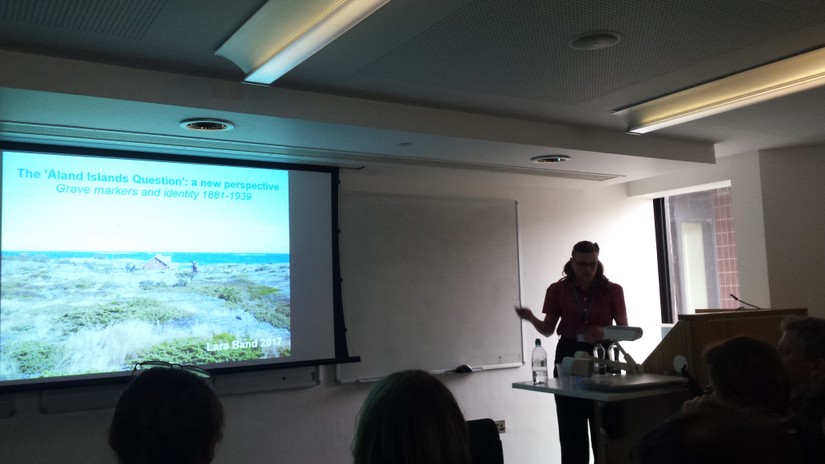
With my paper done and dusted on Saturday morning it was time to sit back, relax and enjoy the rest of the conference: including coffee breaks in Hull University library with its spectacular view and the Saturday night social, always an important part of any conference!
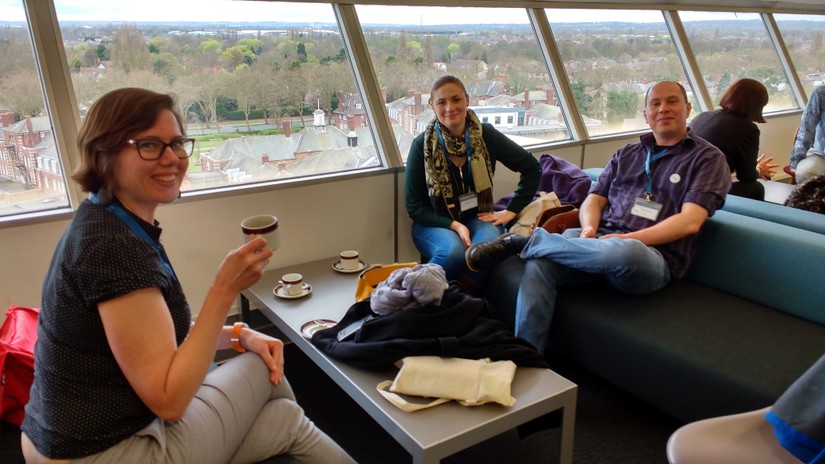
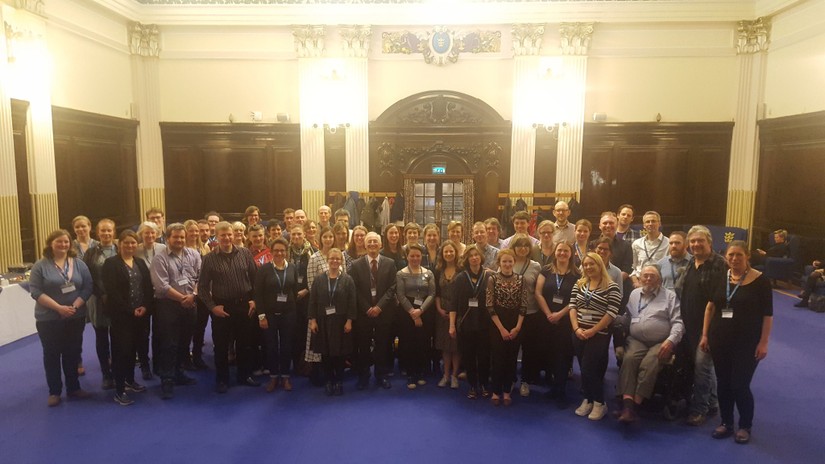
Both sessions directly relevant to CITiZAN were on the Sunday: Maritime Trade and Routes and New Approaches. In Maritime Routes. Following a paper on medical provision on board 16th – 19th century sailing ships (Simone Kahlow; don't even ask about the uses for, and administration of, mercury) and the Swedish herring industry in the 18th century (Anton Larsson), CITiZAN’s Megan gave her paper Community and Cultural Heritage on the bank of the Humber: Recording Earle’s Shipyard.
The Earle's Shipyard site lies right in Hull, and Megan gave a great paper on its history and archaeology. By 1865, it was the second largest shipbuilder in the country, building ships for the Japanese Navy and the aristocracy of Russia and specialising in iron hulled vessels. Today little remains of the shipyard: some wooden revetments, the remains of hards and three curious timber hulled vessels, hulked there but not built by Earle’s. Megan focussed on how CITiZAN are championing community involvement with coastal archaeology in the Hull by discussing the work CITiZAN carried out there in 2016 – see our blog for a report by one of the volunteers.
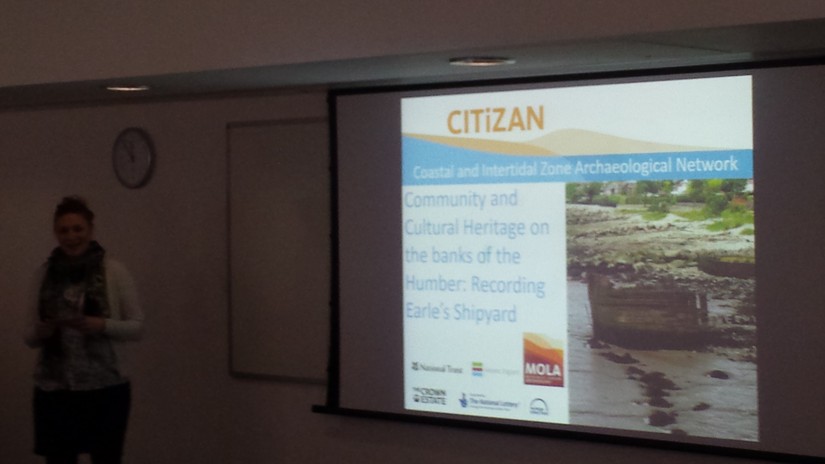
In the New Approaches session there were two papers specifically on community archaeology, starting with Carenza Lewis gave the paper Community archaeology on a council estate: Middlefield Lane, Gainsborough. This paper was fascinating look at how well the now often vilified post war ‘garden city’ estates worked for the first generation of residents and at the positive impact participation in the excavations had on current residents. See the project blog for more information about this fantastic project.
Following this and with the spot generally considered the worst in a conference: the last paper on the last day, CITiZAN’s Stephanie rose to the challenge with a dynamic look at how to community archaeology projects can, and should, capitalise on social media. She highlighted how press coverage increases project profile and raise awareness of threated heritage but, for a project to be sustainable, this enthusiasm must be converted into active participation: in CITiZAN’s case, to encourage people to adopt their own coastlines and monitor change over time.
Using the case study of CITiZAN’s Twitter based #BritainatLowTide campaign she examined the use of social media to enhance the viewing experience of Channel 4’s CITiZAN based Britain at Low Tide and to direct members of the public towards the CITiZAN website and smartphone app. Preparing tweets in advance, then live tweeting throughout the episodes succeeded in amplifying national press coverage of threatened coastal heritage and creating a peak in traffic to our website and in downloads for the app, showing that this intensive interaction does convert into enthusiastic CITiZAN participants.

After Stephanie’s paper it was time to say goodbye to old friends and new. Conferences are obviously a great way to keep up to date with what’s happening in our field and to share the work we and our volunteers have been doing. They’re brilliant for talking about ideas that worked and discussing why some didn’t, so we can see how we can do better in the future.
I’m not going to lie: they’re also really enjoyable from a social point of view. You get to meet people with a real passion for their work, and for archaeology and the heritage in general: many of the people who were speaking or attending were doing so on their own time and presenting papers on subjects that might have started with their day jobs but developed through their own interest far beyond that. You get to learn about things you never knew you were interested in, things you’d often wondered about and things you had no idea you didn’t know. Roll on PMAC 2018!
